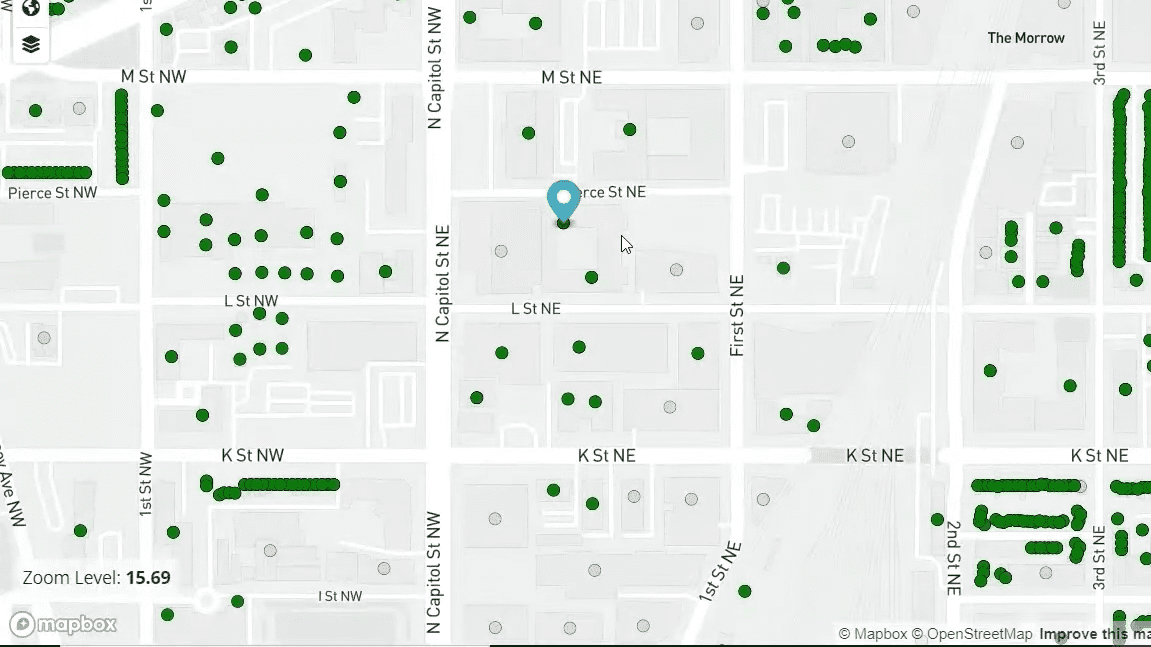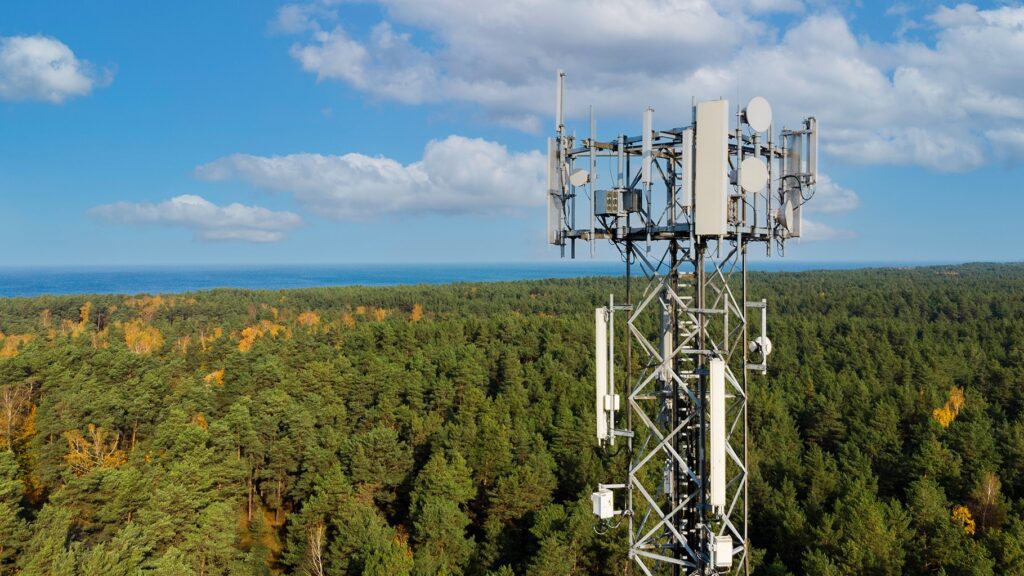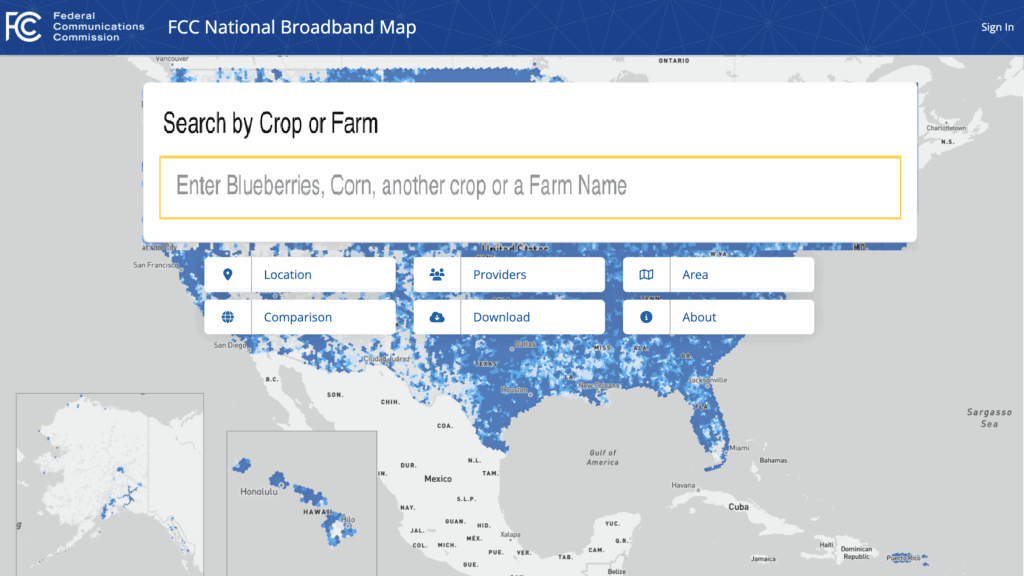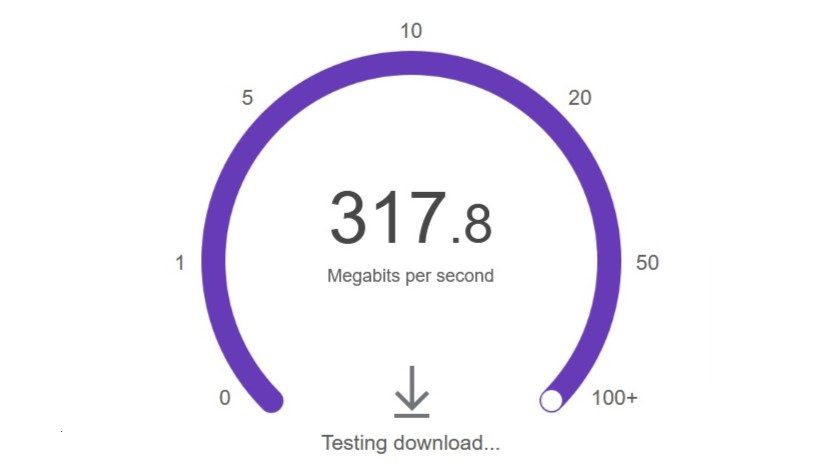Broadband Reporting Still Needs Improvement, Rural Commenters Say
Randy Sukow
|

It has been two years since the FCC implemented its Broadband Data Collection (BDC) process for service coverage data gathering. Broadband providers and the government have had a chance to examine the results and most agree that that the data better tracks where rural areas have access to fast internet service and where they do not. But in a recent round of comments to the FCC, rural organizations found room for improvement to the National Broadband Map (NBM).
“Now is an apt time … to address whether persistent inaccuracies might be cemented into the NBM precisely because certain aspects of the current processes are inadequate to detect or address them,” NTCA-The Rural Broadband Association said in its comments.
NTCA offered a long list of potential improvements to the process, which in past years relied on data from the twice-yearly FCC Form 477. Over the last two years, the Commission has been collecting data based on geospatial data to better identify the locations of structures that potentially could take broadband services. In general, NTCA said, the current process must rely less on figures the marketing departments use to describe coverage and more on gathered through technically sound techniques. NTCA also said the process could use greater transparency.
“NTCA members frequently report frustration with the inability to understand the reasons behind the changes to the Fabric [database of addresses] within their service areas and limiting their access to notifications regarding resolution of challenges,” the association said.
In recent broadband data submissions, the FCC has issued a limited waiver of a requirement that location data be certified by a licensed professional engineer due to a lack of available PEs in rural areas. “Even if a temporary waiver of this requirement might have been justified when the BDC was in its infancy, sufficient time has passed for providers to locate and enlist the services of engineers that can attest objectively to the legitimacy of providers’ filings,” NTCA said.
But other rural commenters supported an FCC proposal to replace the PE rule with a rule allowing corporate executives with Bachelor of Science degrees in engineering to certify the data. “We agree with the Commission that the ‘existing rule—in its current form—is unnecessary’ and that ‘the potential costs and burdens of the certified PE requirement outweigh its potential benefits,’” said ACA Connects – America’s Communications Association, which represents internet providers serving 6 million rural households.
NRECA, which estimates that more than 200 rural electric cooperatives are providing broadband to communities with many more in the planning stages, noted that rural electrics have detailed geospatial data providing the locations for utility meters. Electric meter locations are often tied to broadband service locations. The FCC “could make more effective use of electric service meter geolocation data to improve Fabric BSL location data, and that electric service meter geolocation data can help address a number of challenges relating to BSL verification,” NRECA said.
The association conceded that there could be complications with comparing broadband and meter location data but said it would “would welcome further conversations” on the topic.
The Rural Wireless Association, Inc. (RWA) said that many of its members have found instances where rival broadband providers have overstated their service coverage. It supported a proposal to allow FCC staff to remove reported locations following an audit finding “data is deficient or unverifiable.” RWA called for the FCC to go further by allowing third-party consultants to test data under challenge.
“It is vital that the FCC pressure test the NBM to ensure that coverage is accurately depicted as such purported coverage will determine how funding is allocated for critical broadband deployment programs,” RWA said.
There was general agreement with another FCC proposal to collect a greater amount of information from fixed wireless broadband providers, including call signs and other registration information about licensed or leased operations. “This proposal is reasonable, does not impose extraordinary burdens on providers and will eliminate the need to collect such information in a post-filing verification process,” said WISPA – The Association for Broadband Without Boundaries.
Unlicensed broadband connections do not involve call signs or registrations. The Commission proposed that providers report the IDs of base station transmission equipment, which WISPA claimed would provide limited information about household coverage. “A better alternative would be for the provider to report the unlicensed spectrum band(s) it is using at a particular location,” it said.


